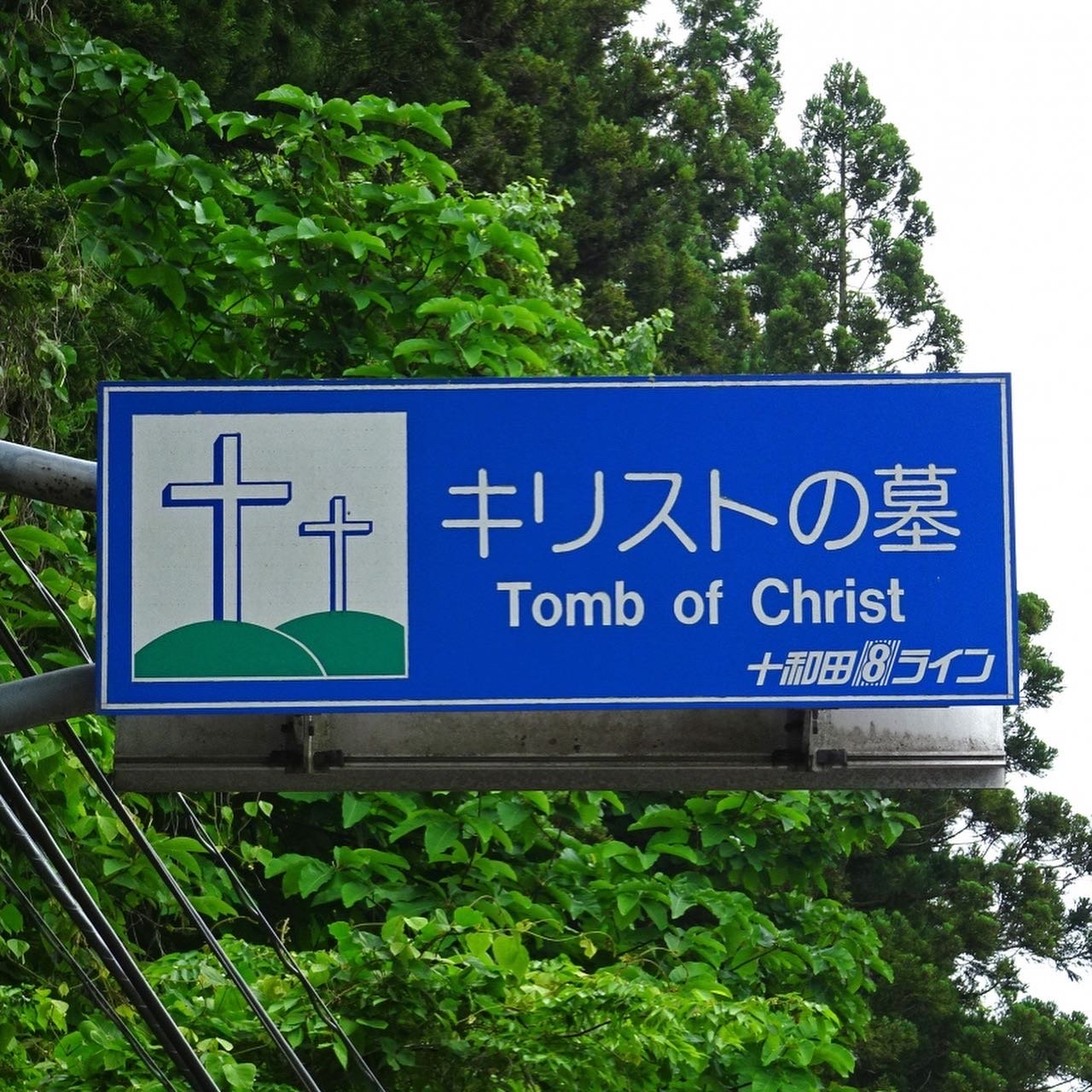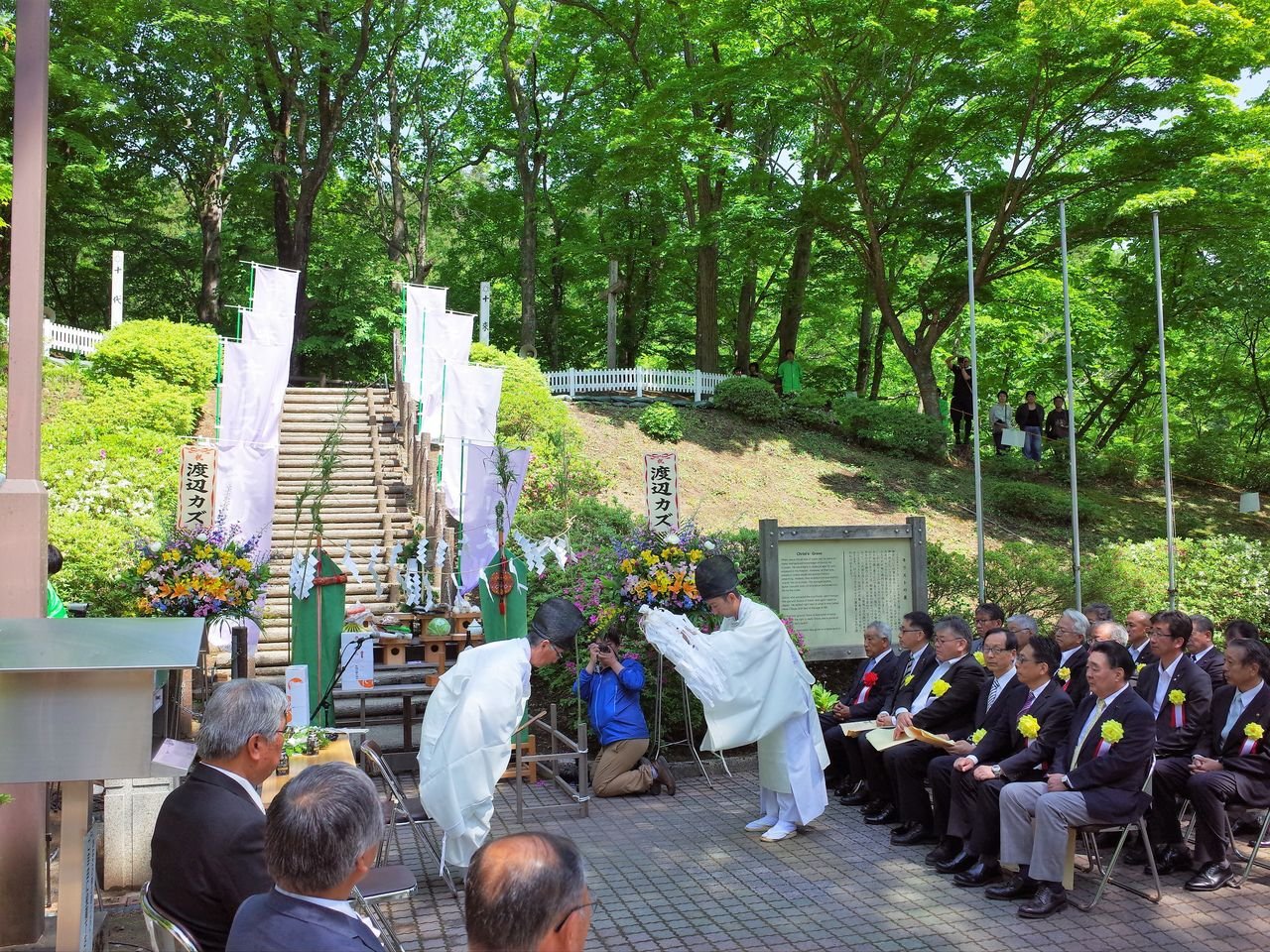SHINGO, AOMORI: Christ’s Tomb in Northern Japan
Whether or not you believe in the story of Jesus Christ, it’s pretty commonly understood that he would have lived and died in the area that’s now modern day Israel. That is, unless you’re a resident of Shingo in Honshu’s northernmost prefecture, Aomori.
With a population of only 2,500, Shingo would be a typically nondescript Japanese country town if not for one bizarre local attraction. Since 1935, the town has claimed to be where the Messiah spent his final years and is home to the purported ‘Tomb of Christ’.
According to believers, the ‘lost years’ of the New Testament - a gap of 12 years that is completely unaccounted for in the Bible - are explained by the fact that Jesus came to Japan at 21 years of age to study theology. Spending over a decade in Japan, he became fluent in the language and studied near the base of Mt Fuji. Finally, at the age of 33, he returned to Judea where he would be sentenced to crucifixion by the Romans.
Incredibly, Jesus was able to swap places with his brother, Isukiri, and fled back to Japan on foot via the tundras of Siberia. Upon returning to Japan, he retired to the village of Shingo where he would farm garlic until the age of 106. In keeping with Japanese customs of the time, his body was left exposed on a hilltop for 4 years before being wrapped and covered in an earthen burial mound. This mound is what forms today’s tourist attraction.
It’s widely known that the mound was “conveniently” discovered by a painter and a cult leader during an attempt to boost local tourism in the 1930s. Despite this (and the fact that there is only one Christian resident in the local area), the town continues to perform a yearly ritual at the mound and pilgrims from Japan visit every year.
Many point to the fact that Shingo was historically known for having customs that differed drastically to the rest of Japan as proof of Jesus’ presence. Interestingly, in ancient times, it’s believed that residents of Shingo wore toga like robes, veils and marked newborn children with a charcoal cross on their forehead. Whether the tomb truly holds Jesus’ remains or not, it’s definitely a spot worth visiting.




